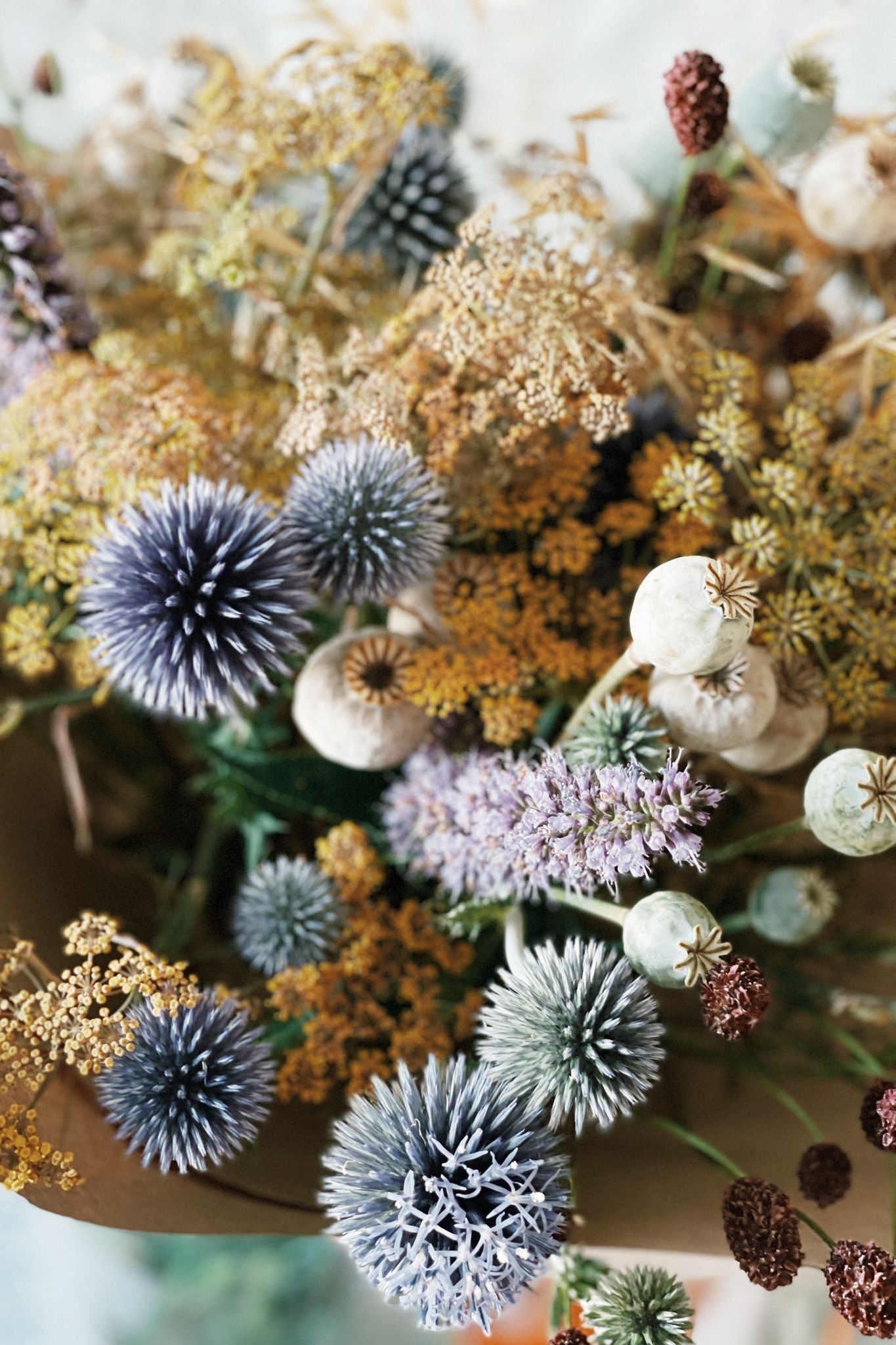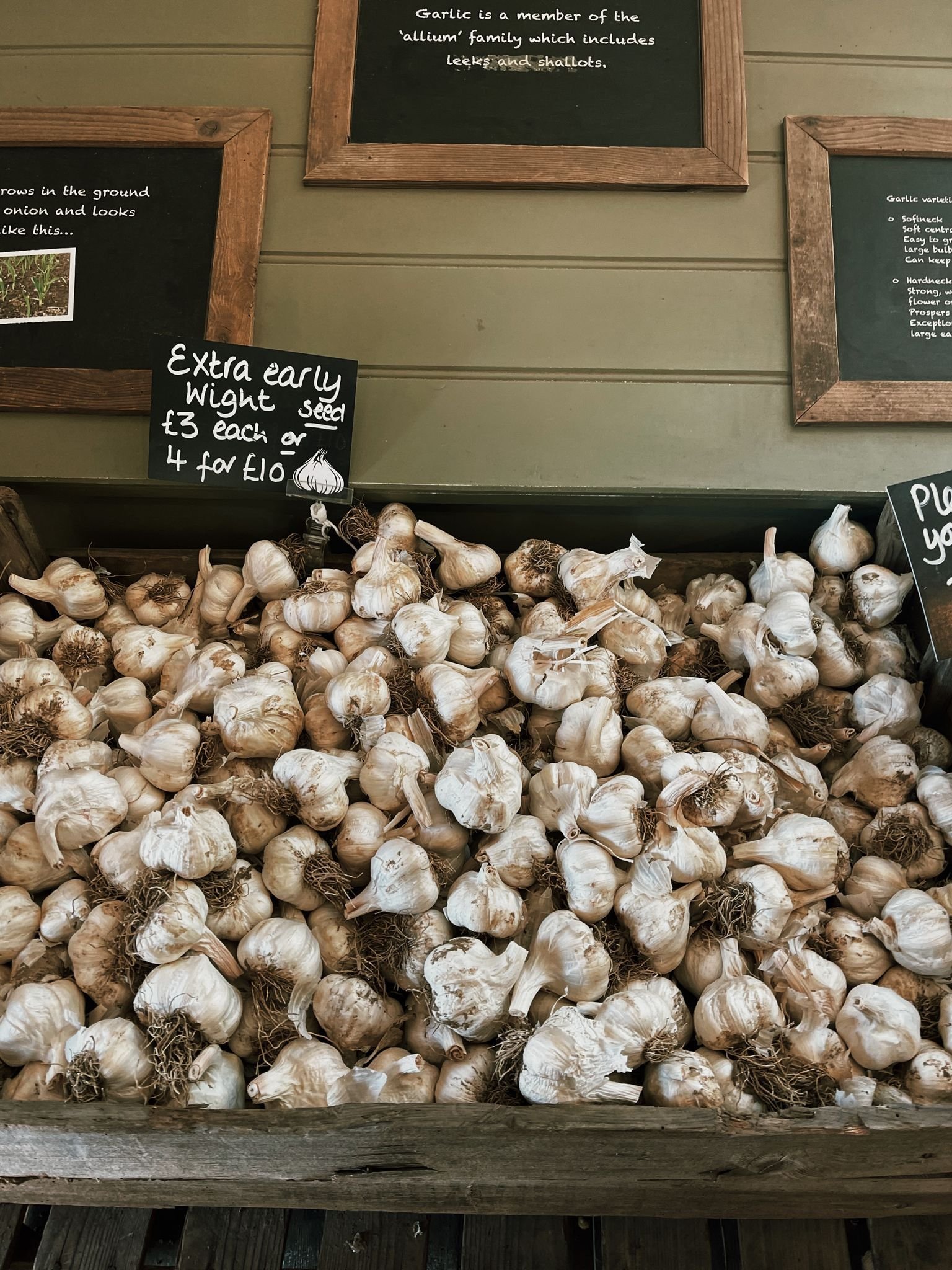crossing seas, literally and metaphorically
Monday 18 July
-
You don’t need me to tell you it is hot. We are lucky though. The field and the cottage lie at the edge of Taunton Vale, a flat plain bordered by the Blackdowns on one side, and the Quantocks on the other. To the east, across the levels, are the Mendips. The shelter that keeps away the frosts in the winter also seems to temper the heat. Or maybe it is the cottages thick walls and the red brick floor laid directly onto the earth. The only noticeable impact is that the dogs lie sprawled on the cool floor rather than curled up on the sofa. I write blog posts about how to water well and how to protect young plants from the extreme heat.
I do not write about the sense of inevitability that now hangs in the air about climate change.
I am not sure I can bring myself to do it.
Tuesday 19 July
-
I approach the day with the expectation of more heat. That is, we walk early in the morning, before the sun is high in the sky. I water before the air is too warm, selecting only the most precious (squash plants) and the most vulnerable (newly planted biennials and still emerging dahlias) and soaking rather than sprinkling. By midday, I am inside in the cool. This time in the studio, which has windows on either side which open to create a draught, hanging drying ammi and grasses on the newly hung Sheila maid. I hear an unfamiliar and unexpected sound. It is raining. Big, fat, wet drops, out of a suddenly leaden sky. It is more than a shower, and when it passes, all the plants along the path between the cottage and the studio are bowed down with the weight of water and I get drenched. The surprise of it means people share when the storm has passed over them and I follow it across the country. Cornwall had it first, earlier this morning. Bex Partridge, only a handful of miles from me, had it a few minutes after. It reaches Wiltshire and then crosses into London. It leaves a grey haze in its wake. The heat was not truly broken, and there is a muggy sense that lasts late into the evening.
Wednesday 20 July
-
Although the weather is getting hotter and hotter, and the children are only just broken up for summer, and there is the promise of endless August days still to be relished, there are also signs that we are long past the turning point of the year. Dr A is working late and for the first time in many months, I have to put the light on under the thatch by the front door. I notice that the first of my sloes have turned purple (although I have not a single plum in any of the trees in my orchard, the sloes seem to be as prolific as ever). I taste my first blackberry of the year. No, it really wasn’t ready, but it looked as if it could have been.
Thursday 21 July
-
I had had great plans. Isn’t it always the way? I was aiming to move many of my bigger beds over to perennial planting schemes in September, to create experimental but exquisite combinations of textures and colours, permaculture-informed palettes incorporating glorious forms and foliage. As ever, nature has other plans. The plants are either flowering at least a fortnight early and going over suddenly, or just stopping growing and staying small. There are many things that are in their element (my bronze fennel seems to be relentlessly cheerful in every condition, and if I was an echinops farmer I would be a millionaire by now) but the autumn flowers (rudbeckias and echinacea) are not living up to their early promise. There is nothing for it; I pull out the coolest and shadiest bed on the north side of the hazel hedge and plant it up with Camelot cream foxgloves*, plume poppies and moorhexe grass.
*top tip. The Camelot series of foxgloves are unlike the usual ones in that they are not sensitive to day length, so you can have them long after the others have gone. I am hoping to have them in September to mix with bronze Amelanchier branches and the twirliest of the late dinnerplate dahlias.
Friday 22 July
-
The hedge germander (Teucrium lucidrys) has burst from bud into full flower. It seems to be a strange year for bees but the lure of the germander proves irresistible and the kitchen garden hums and vibrates with their numbers. It doesn’t seem to mind the dryness of the soil (everything else does; I have never had such poor harvests of salad leaves, even with all the watering) and it grows like the clappers even though I cut it back to stumps every January. They form low, fat hedges between the different beds which does, of course, mean that the beds get smaller and smaller as the hedges get bigger and bigger. A shame, as now is very much the time to start thinking about your winter harvests. If you are hoping for feeding yourself from the garden in the colder months, I do recommend you start seed sowing now. Ok, maybe when it cools down a bit.
Saturday 23 July
-
An early start for a trip to the Isle of Wight. A day in a beach hut with bunting and bottles of pop, boats and barbecues. It is hot. I wonder if I could sneak off to the famous garlic farm and sample some Carcassonne Wight.
Sunday 24 July
-
There is still no rain forecast for the foreseeable. I am starting to crave cool breezes and sharp, misty mornings. I console myself with armfuls of sweet peas. Usually, they dislike hot and dry conditions and go over as soon as you look at them, but my deep mulching has paid off. That and the odd dose of fermented plant juice. Have you ever seen anything so striking as these blue ‘Cream Egg’ sweet peas? Yes, that really is their name. They start cream edged with lilac and, if I may say, rather boring looking. Or rather, there are many other sweet peas that look exactly the same. But a drop of rain, or just leave them to grow old, and they are like tissue paper dipped in pale blue ink. Spectacular.




